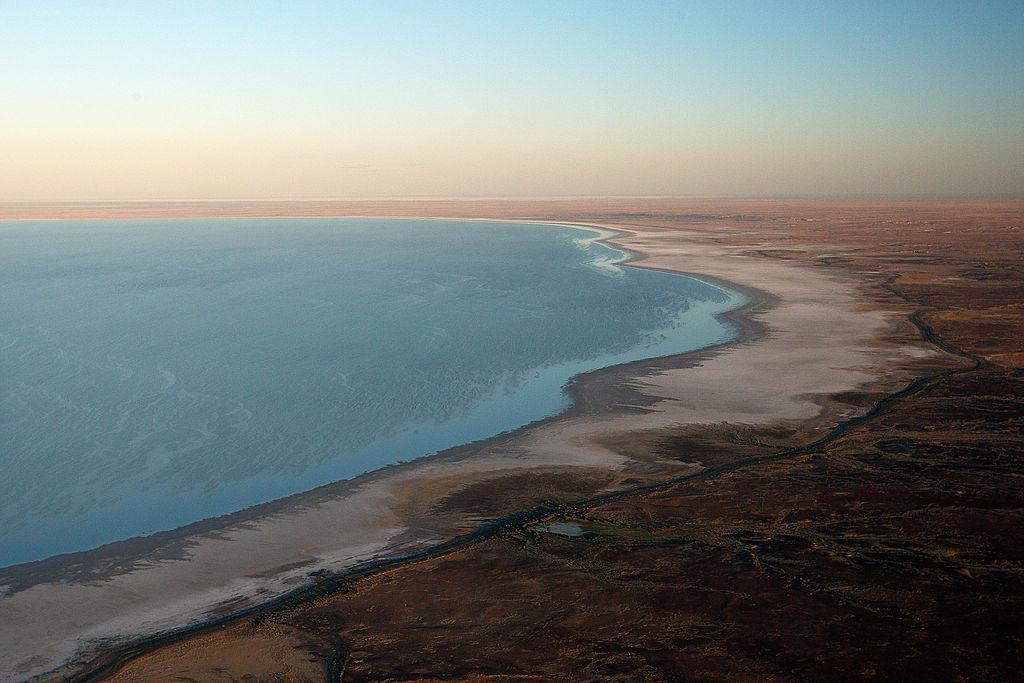Visitors will no longer be able to set foot on one of Australia’s premier tourist destinations under a proposed plan to protect its cultural significance for traditional owners.
Kati Thanda-Lake Eyre is the continent’s largest lake.

Visitors will no longer be able to set foot on one of Australia’s premier tourist destinations under a proposed plan to protect its cultural significance for traditional owners.
Kati Thanda-Lake Eyre is the continent’s largest lake.